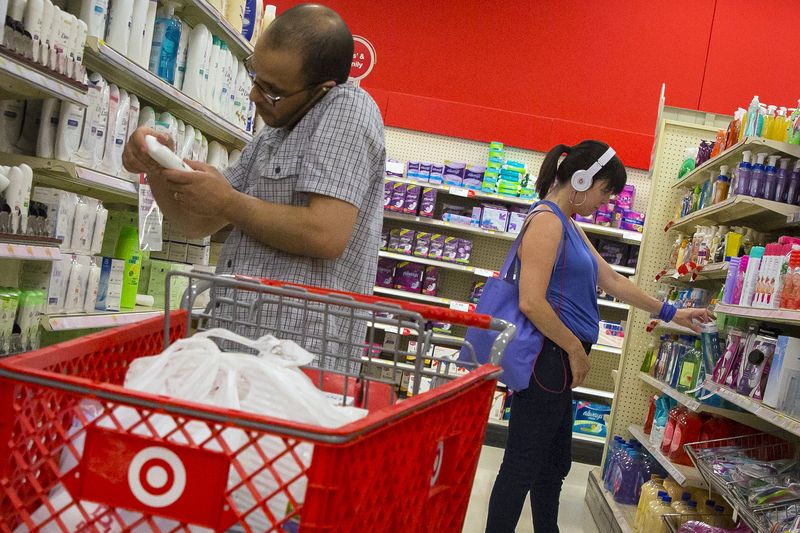Street Calls of the Week
Investing.com - U.S. consumer spending increased in June after showing no growth in the prior month, while a reading of underlying inflation edged up slightly, in the latest batch of a barrage of economic data this week that could provide a sense of the impact of sweeping U.S. tariffs.
Personal spending, which accounts over two-thirds of economic activity, rose by 0.3% last month following a mark of 0.0% in the prior month. Economists had predicted an increase of 0.4%.
Meanwhile, the month-on-month headline Personal Consumption Expenditures Price Index ticked up by 0.3%, in line with estimates and accelerating slightly from 0.2% in May. In the twelve months to June, the PCE price index came in at 2.6%, faster than expectations of 2.5% and a prior rate of 2.4%.
So-called "core" PCE, stripping out more volatile items like food and fuel, came in at 0.3% month-on-month and 2.8% year-over-year.
"As was the case in the consumer price index and producer price index, there is evidence of tariffs placing upward pressure on prices [...], something that will play out further in the coming months considering that the import taxes are only just now seeping into the data," analysts at Vital Knowledge said in a note.
The Commerce Department’s latest figures come after an advance gauge of U.S. growth in the second quarter came in ahead of expectations, thanks mainly to a fall in imports, but further details in the report revealed a more mixed bag of indicators for the trajectory of the world’s largest economy.
Shortly after the release of these numbers on Wednesday, the Federal Reserve kept its key policy rate steady at a range of 4.25% to 4.5%, in line with widely-held expectations, with the central bank citing a "low" unemployment rate, "solid" labor market conditions and "somewhat elevated" inflation.
Elsewhere on Thursday, weekly first-time claims for unemployment benefits inched up marginally to 218,000, compared to estimates of 222,000. Labor market data this week, which is due to be capped off by the release of the all-important non-farm payrolls report on Friday, has painted an emerging picture of subdued hiring activity and fewer people leaving their roles to look for new opportunities.
